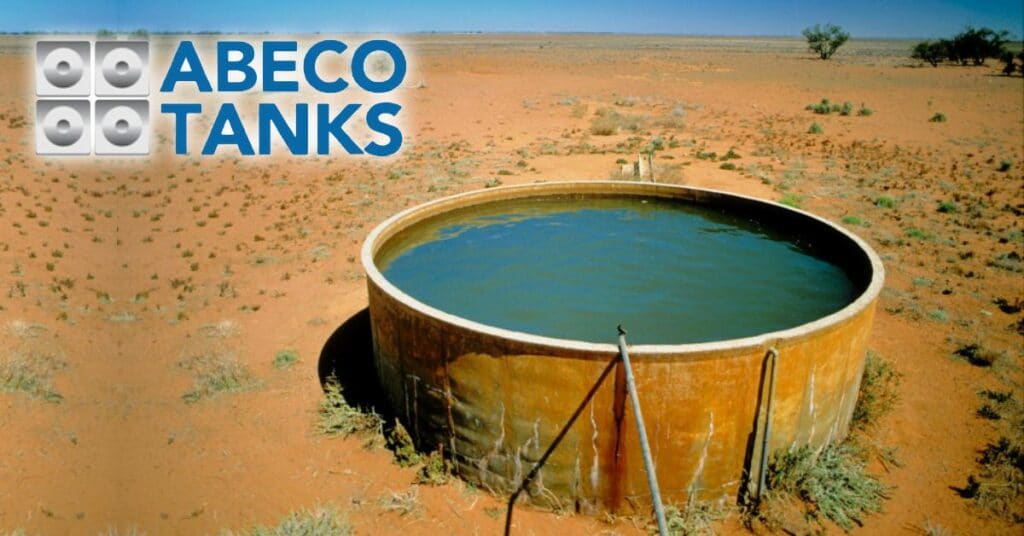
15 Sep Water tanks help alleviate water supply challenges
Water tanks help alleviate water supply challenges
By Mannie Ramos Jnr, Chief Operating Officer of Abeco Tanks, the leader in hygienic water storage solutions in Africa for over 35 years.
Since the beginning of civilisation the availability of water has been key for survival and prosperity. From irrigation canals, aqueducts and subterranean water wells in Mesopotamia and Egypt, to modern day urban water distribution systems, inventions in the supply of water has altered lives across the globe.
Water tanks too are found throughout history and were created from wood, ceramic and stone some of which are apparently still working today. For example, water tanks were used in medieval castles to withstand lengthy sieges.
Throughout history, water systems have developed rapidly to serve populations and economies, having become intricately linked to a country’s economic and social prosperity.
Yet, 844 million people across the world journey and queue for at least 30 minutes to get water, and three quarters of households in developing nations do not have access to basic water and soap to wash their hands.
On the one hand water is scarce and on the other it is unlimited. This gap is only widening. Before 2020 and the global coronavirus pandemic became a reality, washing hands was important but not perceived as critical to one’s health. Washing hands thoroughly and frequently is now the first line of defence against the coronavirus.
The sad realist is that water is still viewed, by those that have it, as a resource that is plentiful; after all water covers 70% of the planet right? Not so, apparently only 2.5% of all water is actually fresh water. And this precious resource will need to support a population of 9.7 billion by 2050.
Usage of water has also increased six-fold in the 20th century, most of it being used by manufacturing and agriculture not household consumption.
Water storage today has a major role to play providing safe water supply for a variety of benefits, let’s examine the types of water storage available.
The types of water storage
A reservoir is a manmade dam that is constructed to hold water from surrounding rivers as well as rainwater and is used to supply the needs of citizens as well as prevent flooding. Reservoirs can also supply water to neighbouring countries who are water scarce.
Ground water tanks were created to receive water from a water well or from rainwater so that a large amount of water could be stored – much like modern day stock inventory – and used during peak periods when demand was high.
Elevated water tanks or water towers were created at a height sufficient to pressurize a water distribution system for the supply of potable (drinkable) water as well as provide storage for emergencies such as fire protection. Water towers can still supply water during a power outage because the pressure pushes the water into domestic and industrial water distribution systems.
Modern-day water tanks
The function of water storage remains the same – to hold or “bank” water in case of a peak period of water demand or an emergency.
Water tanks have not changed much in function but in materials and technology, with two major types of tanks dominating – plastic and steel. Today’s tanks range in size, colour, shape, and specific usage. Tanks can hold as little as 1,800 litres of water up to 50 million litres of water.
Abeco Tanks pioneered water storage solutions and operates in 35 countries across the globe including Africa, Central America and the Middle East. Abeco manufactures steel tanks which range from ground level water tanks; elevated water tanks; circular water tanks and custom-made water tanks. Investec Bank and Global Capital Empowerment have shareholding in Abeco Tanks.
Our tanks are used in various sectors including mining, power generation, processing, manufacturing and public buildings such as office blocks, apartment blocks, shopping centers, hospitals and schools.
Water tanks are a critical part of alleviating water challenges in Angola and other developing countries, while they do not solve the challenges of a permanent water supply, they provide a critical function to ensure water continuity during times like these.


